2001-12-06 10:18
Ports to be reared as high value-added strategic industry
The government is aware of the poor port facilities in South Korea, and is planning to rectify the situation with its current plan to turn the Korean Peninsula into a logistic hub for Northeast Asia. The Ministry of Maritime Affairs and Fisheries released a list of the main problems for Korean ports to grow as international hub ports as well as basic plans to bolster them.
International logistic flow is swiftly switching over to a localized logistic system centered around hub ports. In the 1970s, there was a home-centered import and export logistic system and in the 1980s an on-the-spot logistic structure was introduced. Turning into the 1990s, global logistics shifted to a system centered on local points, i.e. the system began to change from one logistic point for one country to one central logistic point covering several countries.
Today, ports strive to be recognized as total logistic service providers as well as centers for SCM (Supply Chain Management), the ministry said. Global entrepreneurs have shown their tendencies to support Supply Chain Management; i.e. they usually deliver and/or produce raw materials (or basic components) from all over the world, such as Japan, China, and South Korea. Components/raw materials are then carried to manufacturing sites where they are processed and then transported to local hub-port logistic centers such as the Netherlands and Singapore. There they are assembled, inspected, packed, cleared and labeled.
Through these processes the need for Third Party Logistics (TPL) providers is expanding for greater logistic flow efficiencies. Sixty-nine percent of the world's largest 500 manufacturing companies concentrate only on their essential business sectors, leaving logistics to TPLs. Singapore is emerging as the hub port for Southeast Asia for TPL providers through appropriate usage of large ports and airports. This is a good indicator of the necessity to foster Korean TPL providers and to aggressively attract foreign TPLs.
As Information Technology develops, manufacturing lines are moving away from developed countries to under-developed countries in Asia. Especially, cargoes from China are highly competitive in Northeast Asia. Container cargoes out of Northeast Asia in 1999 recorded 54 million TEU and are predicted to hit or surpass 100 million TEU by 2006. Accordingly, Shanghai, Hong Kong, and Singapore are planning to double their port facilities by 2011.
Large vessels have tended to divide ports into two categories: hub ports and local ports. To accommodate large vessels, proportionately large terminals are urgently required. Experts expect that vessels ranging between 9,000 and 15,000 TEU will appear on the international shipping scene within the next few years.
In general, ports are regarded as key logistic infrastructure, handling 99.7% of import and export cargoes, estimated at around 20 trillion won or 27% of the total logistic costs.
In the Netherlands, ports produce 7.3% of the GDP (Gross Domestic Products) or 24.5 billion dollars, while in Singapore ports are responsible for 11.5% of the GDP or 16.4 billion dollars.
Even though Korea is blessed with a naturally strategic location, it has some of the poorest port facilities in the region. Strategically, Korea is well positioned to connect the TKR (Trans Korea Railway), TSR (Trans Siberian Railway), and the TCR (Trans China Railway) with sea routes such as Pacific and European trade routes. This is significant when one looks at the situation more closely, e.g. transit cargoes alone through the Port of Pusan in 2000, 2.4 million TEU, were close to the total container handling amounts at the Port of Yokohama.
In spite of this advantage, berths in container terminals in Pusan are far beyond other competitive ports: 41 berths in Singapore, 37 berths in Kobe, 27 in Kaohsiung, 21 in Hong Kong, 18 in Shanghai, and 16 berths in Pusan. Cargo handling amounts in Pusan were also low: Rotterdam 320 million tons, Shanghai 200 million tons, Hong Kong 170 million tons, and Pusan 120 million tons.
Apart from berths, port investment amounts also are falling behind other countries. Port investment has been a continuously decreasing priority for SOC (Social Overhead Capital) in Korea. It occupied 13% in 1981 but gradually decreased to 7% in 2001. In terms of GDP, the average port investment between 1962 and 1999 in Taiwan was 0.42% and 0.37% in Japan. Those numbers stand in stark contrast to Korea’s 0.22%.
Pusan also lacks hinterlands and an FTZ (Free Trade Zone) for the purpose of handling international logistic functions. The lack of hinterlands has driven prosperous ODCYs (Off-Dock Container Yard) in Pusan.
International logistic flow is swiftly switching over to a localized logistic system centered around hub ports. In the 1970s, there was a home-centered import and export logistic system and in the 1980s an on-the-spot logistic structure was introduced. Turning into the 1990s, global logistics shifted to a system centered on local points, i.e. the system began to change from one logistic point for one country to one central logistic point covering several countries.
Today, ports strive to be recognized as total logistic service providers as well as centers for SCM (Supply Chain Management), the ministry said. Global entrepreneurs have shown their tendencies to support Supply Chain Management; i.e. they usually deliver and/or produce raw materials (or basic components) from all over the world, such as Japan, China, and South Korea. Components/raw materials are then carried to manufacturing sites where they are processed and then transported to local hub-port logistic centers such as the Netherlands and Singapore. There they are assembled, inspected, packed, cleared and labeled.
Through these processes the need for Third Party Logistics (TPL) providers is expanding for greater logistic flow efficiencies. Sixty-nine percent of the world's largest 500 manufacturing companies concentrate only on their essential business sectors, leaving logistics to TPLs. Singapore is emerging as the hub port for Southeast Asia for TPL providers through appropriate usage of large ports and airports. This is a good indicator of the necessity to foster Korean TPL providers and to aggressively attract foreign TPLs.
As Information Technology develops, manufacturing lines are moving away from developed countries to under-developed countries in Asia. Especially, cargoes from China are highly competitive in Northeast Asia. Container cargoes out of Northeast Asia in 1999 recorded 54 million TEU and are predicted to hit or surpass 100 million TEU by 2006. Accordingly, Shanghai, Hong Kong, and Singapore are planning to double their port facilities by 2011.
Large vessels have tended to divide ports into two categories: hub ports and local ports. To accommodate large vessels, proportionately large terminals are urgently required. Experts expect that vessels ranging between 9,000 and 15,000 TEU will appear on the international shipping scene within the next few years.
In general, ports are regarded as key logistic infrastructure, handling 99.7% of import and export cargoes, estimated at around 20 trillion won or 27% of the total logistic costs.
In the Netherlands, ports produce 7.3% of the GDP (Gross Domestic Products) or 24.5 billion dollars, while in Singapore ports are responsible for 11.5% of the GDP or 16.4 billion dollars.
Even though Korea is blessed with a naturally strategic location, it has some of the poorest port facilities in the region. Strategically, Korea is well positioned to connect the TKR (Trans Korea Railway), TSR (Trans Siberian Railway), and the TCR (Trans China Railway) with sea routes such as Pacific and European trade routes. This is significant when one looks at the situation more closely, e.g. transit cargoes alone through the Port of Pusan in 2000, 2.4 million TEU, were close to the total container handling amounts at the Port of Yokohama.
In spite of this advantage, berths in container terminals in Pusan are far beyond other competitive ports: 41 berths in Singapore, 37 berths in Kobe, 27 in Kaohsiung, 21 in Hong Kong, 18 in Shanghai, and 16 berths in Pusan. Cargo handling amounts in Pusan were also low: Rotterdam 320 million tons, Shanghai 200 million tons, Hong Kong 170 million tons, and Pusan 120 million tons.
Apart from berths, port investment amounts also are falling behind other countries. Port investment has been a continuously decreasing priority for SOC (Social Overhead Capital) in Korea. It occupied 13% in 1981 but gradually decreased to 7% in 2001. In terms of GDP, the average port investment between 1962 and 1999 in Taiwan was 0.42% and 0.37% in Japan. Those numbers stand in stark contrast to Korea’s 0.22%.
Pusan also lacks hinterlands and an FTZ (Free Trade Zone) for the purpose of handling international logistic functions. The lack of hinterlands has driven prosperous ODCYs (Off-Dock Container Yard) in Pusan.
많이 본 기사
- 야권 안전운임제 재도입 추진…정부·수출기업 난색캐나다 항만 파업 심화…西밴쿠버·東몬트리올 봉쇄수요 강세에 컨운임지수 3주 연속 상승…동남아 두자릿수↑부산신항웅동개발, 현대글로비스에 웅동지구 2단계 물류부지 공급KSS해운, 3분기 영업익 280억…31%↑BDI 1634포인트…케이프선 시장서 강세 이어가국내 건설사, 베트남 하이퐁에 복합물류센터 건설대선조선, 그리스 선사에 1000TEU급 컨테이너선 1척 인도스마트 보세운송 신고·관리서비스로 항만물류 활성화 힘 보탠다中 상하이항, 올해 9개월 컨처리량 3910만TEU ‘역대최대’
- “입거수리 영향” 대한해운, 3분기 영업익 9% 감소한 678억원BDI 1692포인트…중대형선 시장서 물동량 강세 이어가프랑스 CMA CGM, 3분기 순이익 3.8조…전년比 7배↑정기선 HD현대 부회장, 1년만에 수석부회장 승진광양 율촌산단에 친환경 선박 전문화 공장 세운다BPA-해수부, ‘해외물류센터’로 중소·중견기업 수출 돕는다IPA, 컨터미널 운영사와 내년 운영 방향 청사진 공유YGPA 박성현 사장, ‘아동학대 예방’ 릴레이 참여UPA·화주물류협의회·탱크터미널협의회, 물동량 증대 방안 모색CJ대한통운, 美 조지아 콜드체인 물류센터 개소…시장 공략 가속화





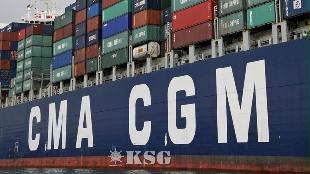

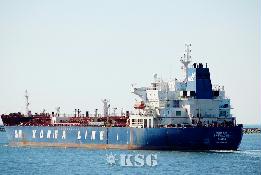
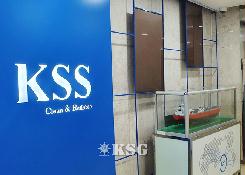
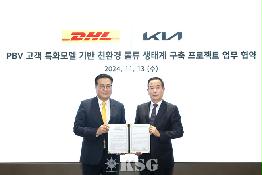
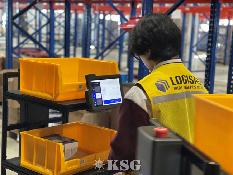

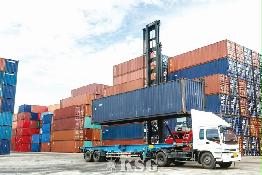
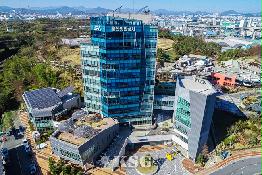
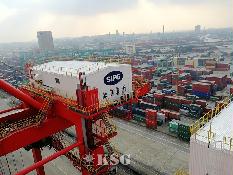
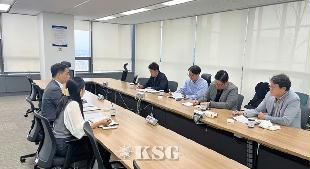
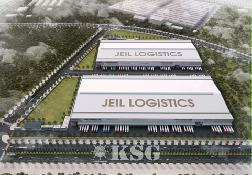
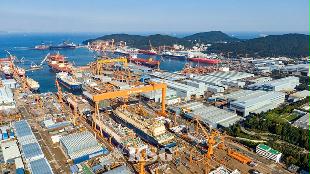


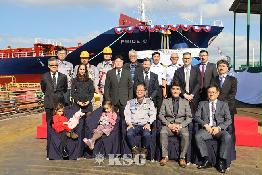
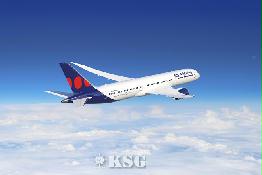
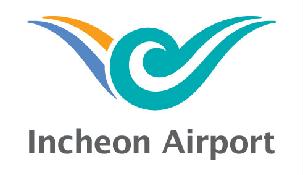
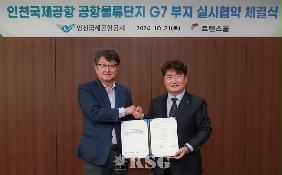

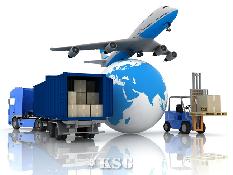

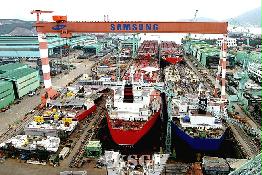
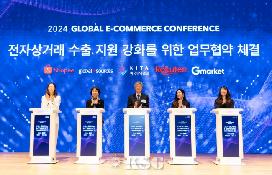
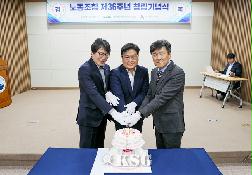
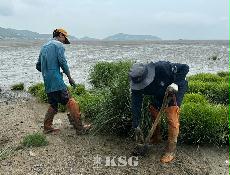


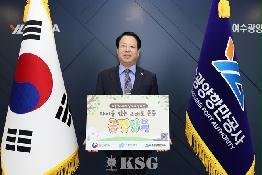
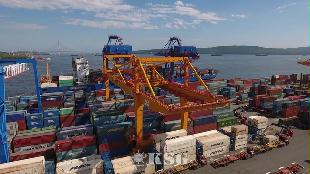
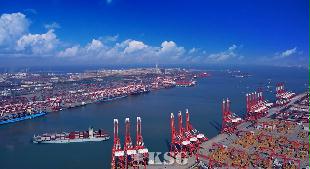

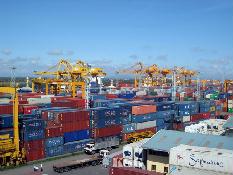






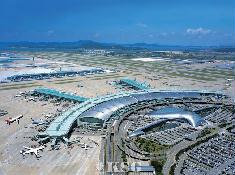
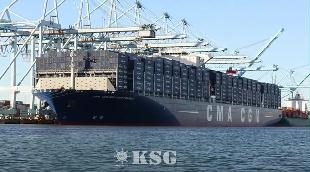
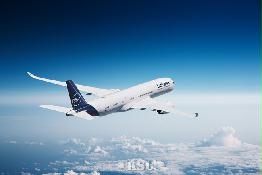
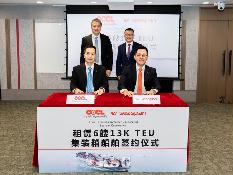
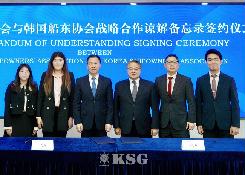





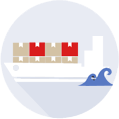
















0/250
확인